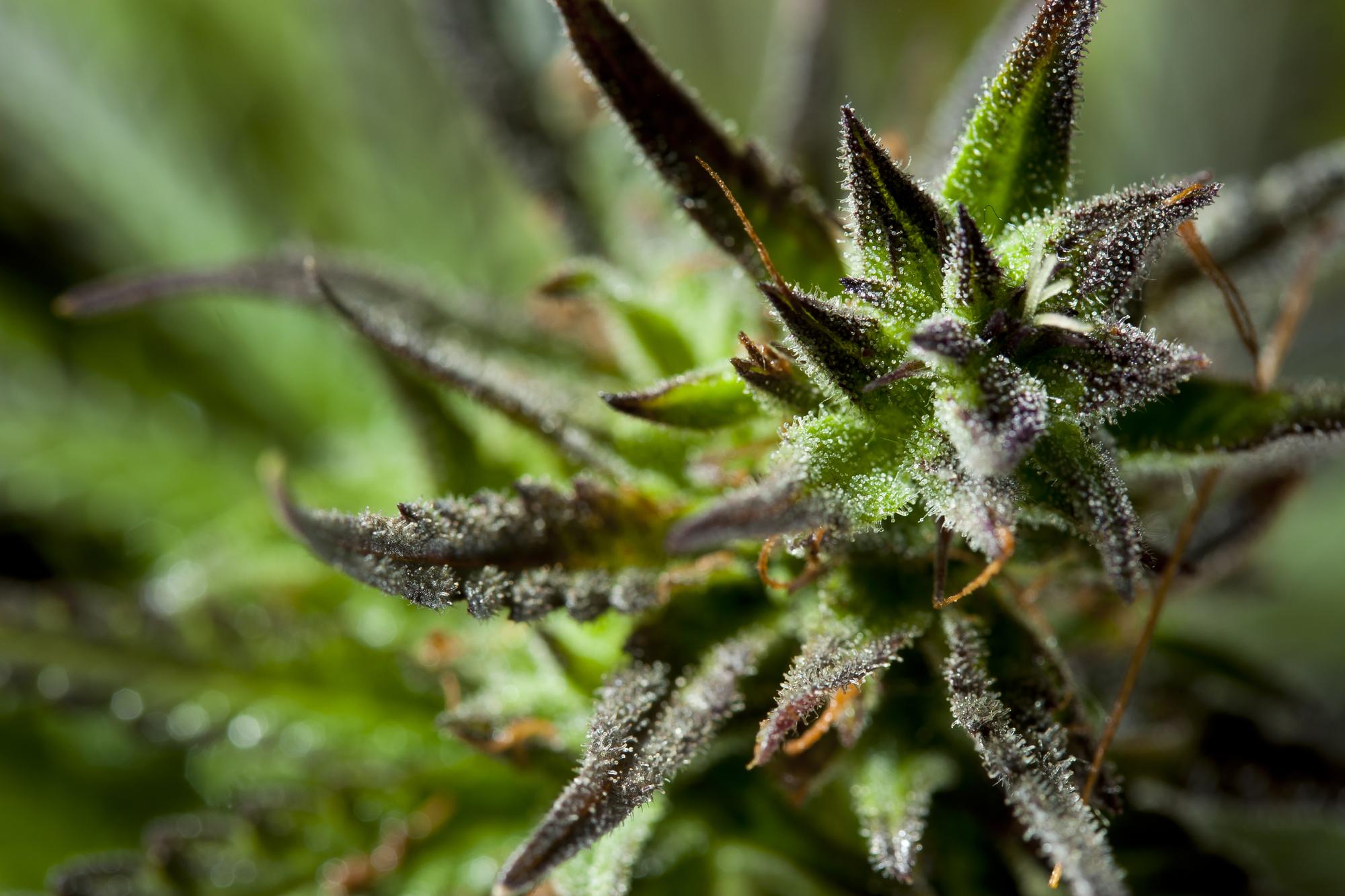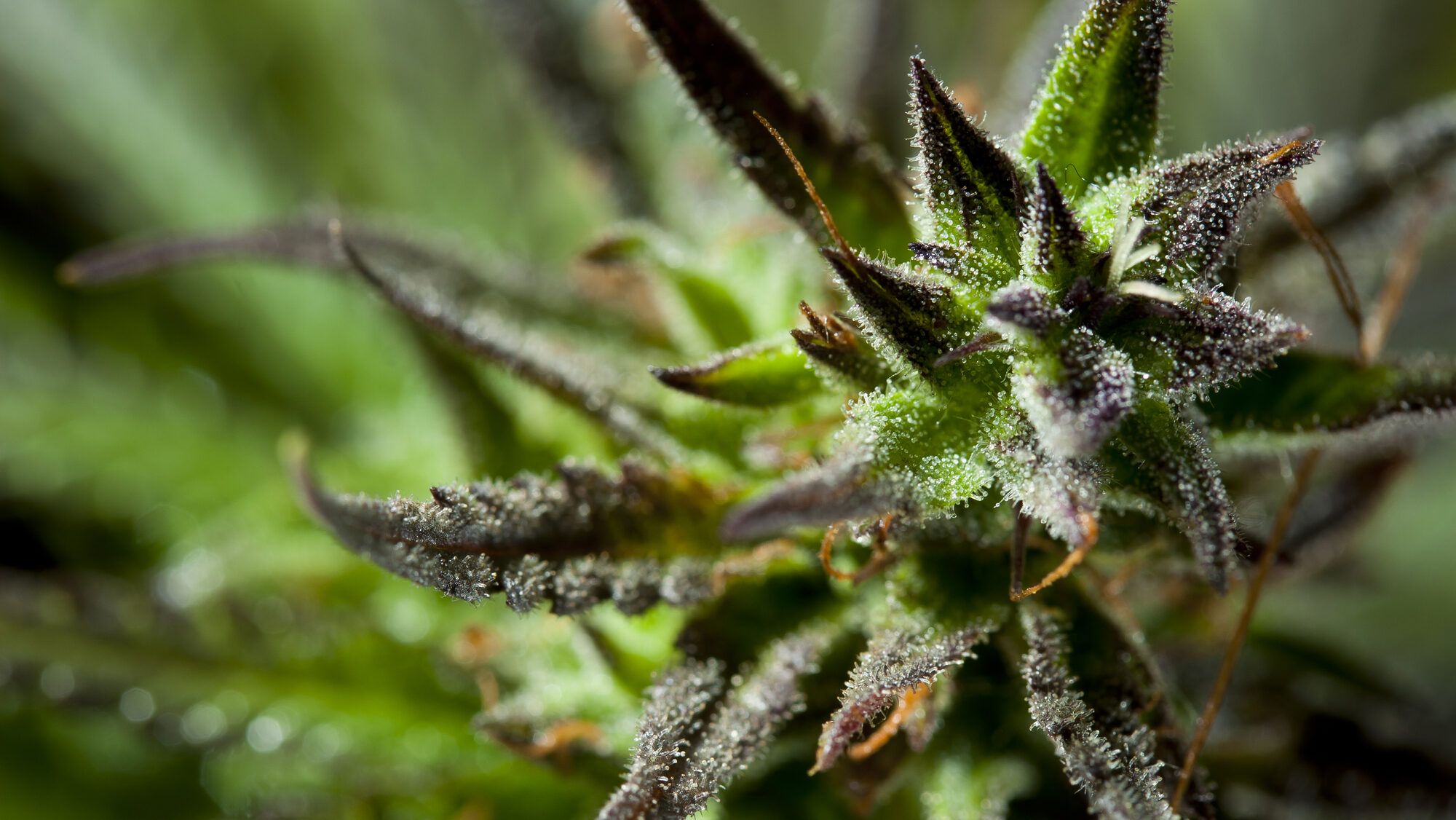In recent years, the cannabis market has been dominated by the pursuit of ever‑higher THC percentages, with retail flower products often testing at 15–23% THC or more, and some strains claiming 25–30+% THC. However, a growing body of industry research and consumer trend data indicates that preference for a quality terpene profile is increasingly influential—and in some cases outweighs raw THC potency.
Consumer preference for THC remains, but quality matters more
Discrete choice experiments show that cannabis consumers generally prefer higher THC levels when all else is equal—but THC is often less important than attributes like overall quality, lab testing, and accessibility. In fact, one study found THC level accounted for just ~13% of decision weight, while product quality and convenience together made up more than 60%. Another survey in Canada of dried flower users similarly found that most responded to potency—but type of edible or form was more important for 65% of users than THC strength.
Aroma, flavor, and the “entourage effect” increasingly sway seasoned users
Cannabis consumers—especially more experienced or craft‑oriented buyers—are demonstrating a shift in preference toward the full sensory experience: aroma, flavor, and nuanced effects tied to terpenes. One research review summarized that consumers are beginning to look beyond THC levels toward aroma and therapeutic potential, mirroring trends in craft beer and artisanal foodways.
Recent studies have shown that the pleasantness of aroma correlates more closely with consumer satisfaction than THC percentage or THC dose. In one case, subjective aroma—not measured terpene expression—was the main predictor of a positive experience. This supports the concept of the entourage effect, where terpenes and minor cannabinoids act in synergy with THC to influence the psychoactive and sensory experience.
Market segmentation: potency seekers vs. terpene connoisseurs
Evidence points to distinct consumer segments. Roughly 30% of users in one study prioritized potency over other attributes, while about 70% valued product quality, packaging, flavor or trusted retail practices more. Similarly, among edible consumers, about 35% said THC content was primary, while 65% responded more to type of edible, taste, or consistency.
Knowledge gap still limits terpene-driven demand
Despite the growing interest in terpene complexity, consumer awareness remains modest. In a survey, about 70% of cannabis users were still unfamiliar with the term “terpenes” or the concept of the entourage effect. Nonetheless, among informed consumers—especially younger enthusiasts—terpene awareness is climbing: a recent wellness survey found 61% of cannabis consumers recognized terpenes, and many track terpene profiles in their strain wishlist or taste logbooks.
Why terpenes often trump THC for many consumers
- Flavor & aroma complexity: Terpenes are responsible for diverse sensory profiles—citrus (limonene), pine (pinene), sedative myrcene or spicy caryophyllene—that contribute to both perceived flavor and effects.
- Effect nuance: Studies suggest terpene-rich strains may produce more nuanced or targeted effects—limonene for uplift, myrcene for relaxation—which some users prefer over blunt potency.
- Trust and transparency: Legal markets that offer lab-tested results, including terpene and cannabinoid profiles, build consumer confidence more than vague potency claims alone.
- Avoiding undesirable high: As markets saturate with hyper‑potent THC offerings, some consumers—especially medical users or daytime consumers—seek lower‑THC, terpene-forward options for clarity and functionality.
Why high THC remains a strong attractor
High THC continues to appeal strongly to a notable segment—particularly experienced recreational users and daily consumers who have built tolerance or want rapid, intense effects. Data shows that potency-driven subgroups may require THC levels beyond what regulated markets typically allow. In edibles, those potency-focused users often turn to illicit sources offering higher dosage than the standard regulatory caps permit.
Implications for education and retail strategy
- Education campaigns can encourage consumers to explore terpene-labeled products—explaining effects tied to limonene, pinene, etc., and clarifying what entourage synergy means.
- Retailers and producers can emphasize full-spectrum labels and aroma tasting notes rather than just THC percent, and spotlight strains with balanced terpene-cannabinoid profiles.
- Craft and local cultivators can leverage diverse terpene-rich genetics as a differentiator in mature markets where THC wars have peaked.
Summary
While high THC remains a compelling attribute for a dedicated segment of cannabis users—especially potency-seekers—the broader market shows rising preference for quality, terpene-rich, aromatic experiences. Most consumers weigh overall sensory profile, trusted lab-tested products, and nuanced effects more heavily than THC percentage alone. As education increases and craft culture grows, terpene-forward offerings are likely to eclipse THC dominance for many consumers.






